Hey, RMA Crew!
It was so good to catch up with everyone at Gold Coast. Such a crazy time, but so much fun! I was talking with Nicole about foam rolling and thought it would be a good idea just to talk briefly about the best way to get elite-level results with your self-release strategies.
The big key to be aware of when you’re using a foam roller is to understand exactly what you are trying to achieve. That kind of takes you back to being aware of your anatomy of muscles and in particular how they tighten. I always think of muscles very specifically when I treat, and I think of them in their locking mechanisms. It’s a great idea for you to think of muscles in the same way. Basically there are two major locks of a muscle, the first is the “glad wrap” around your muscle, it’s called fascia. And fascia is basically that white fibrousy tissue you see around red meat. It’s kind of like your running ‘Skins’ in that, if you imagine that Lycra material and just pulling it away from the leg, it will retract back when you release it. That glad wrap tissue starts off long and supple when we’re young and over time it’s like getting a heat gun to that system, in that it will start to subtly shrink wrap. So you just want to be aware of that glad wrap, or fascia, because with your foam rolling you can tackle it, and I’ll talk about how in just a second.
The second locking mechanism are your knots, or your trigger points. Most of you are aware of your knots in your shoulders, but often people aren’t aware that those knots, or ‘trigger points’, are literally everywhere through your body and there’s a very specific map of them. The key to understanding your knots, or trigger points, is that they kind of act like a bit of a time bomb in that they’ll get tighter and tighter and tighter and then at some point they will inhibit a muscle, they will make it weaker, they will decrease endurance of a muscle and finally they will start to cause pain and injuries. So it’s important to understand how to manage that system because life…stress… and sometimes even our running will start to make those point become tighter. You want to be aware of that, and help free them up, so that they don’t progress towards causing injuries.
So, when you’re foam rolling, you want to be aware of those locks; your glad wrap, the fascia, as well as your trigger points. Proper foam rolling technique involves targeting those specific structures, firstly the fascia, and the secret to lengthening fascia is that it’s made of collagen, so if you want to stretch it, it’s always a function of pressure and time. So foam rolling technique should always be firm and very slow. A lot of runners will rush through their foam rolling, they will just roll, roll, roll and go quite quickly through their muscles and that can be uncomfortable and not nearly as effective as it can be.
What you also find when you use that deep pressure and slow technique is that you will run along certain nasty little points and they’re your trigger points. When you hit a trigger point you can slow up on that spot. I will usually actually stop on a trigger point and control the pressure, you might want to ease off a bit of so it’s not too tender. At that point you’re aware you are trigger pointing, applying pressure to a tight knot in a muscle, which will actually help it to release.
So, your best foam rolling technique will always be firm pressure, very slow, until you hit that tight little spot which you stop on for about five seconds and control pressure (no chewing on leather, no tears!) so you’re trigger pointing, and then you keep moving very slowly, which is your fascial release, to the next point and you stop on that point for five seconds and then keep going the length of the muscle.
When you have your locking mechanisms really clear in your head your foam rolling technique becomes fairly easy to do correctly and you’ll get way better results. Then you can start to progress release skills to being able to follow trails of tightness as well as getting very specific with your rules of muscles and being able to start to use not only the foam roller but also your Footeez as well as your reflex balls, trigger balls and all the other fun tools you can think of!
Hope this helps guys. We are headed to ‘Loop the Lake’ on Sunday with the RMA tent, so keep an eye out for us. If you’re there make sure you say hi!
Have a great running week, RMA crew! Talk soon.
Paul Trevethan, Running Physio
Get the most out of your foam rolling technique
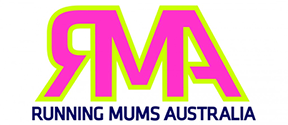


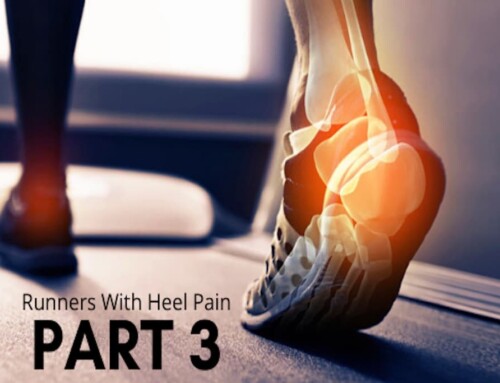
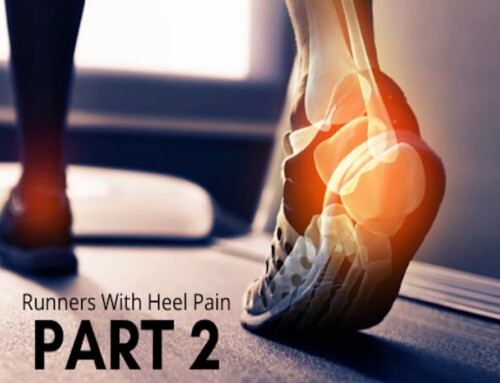
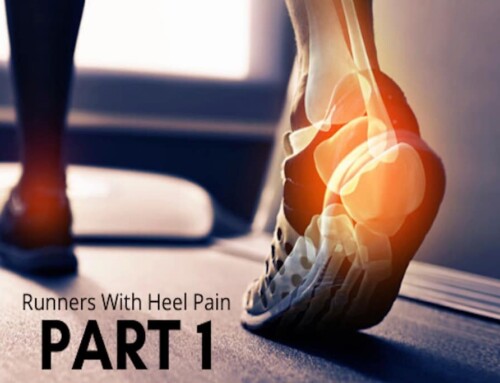
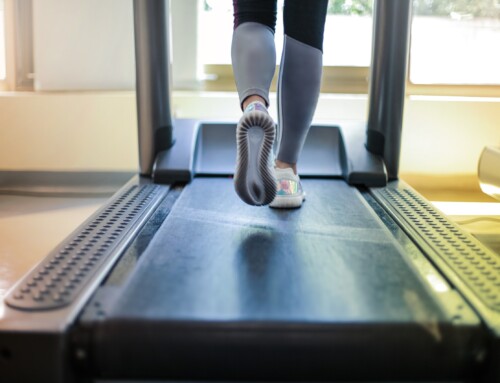
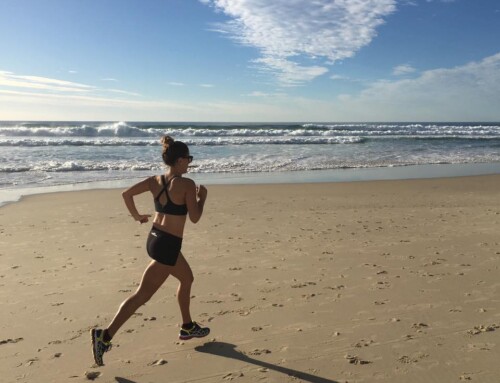
[…] Get the most out of your foam rolling technique […]